Written by Seahorse Magazine for Doyle Sails
However big you build it, Doyle Sails can design and deliver a tailor-made package of high-performance sails
What do more than 80 per cent of Southern Wind yachts have in common? Their sails are designed, supplied and serviced by Doyle Sails. ‘The synergy is strong because so many of our values align,’ says Mario Giattino, superyacht sails coordinator at Doyle Sails Italy, ‘each of us are working extremely hard to be the best in our field.’
A Doyle Sails veteran with more than 26 years of experience, Giattino has been with the company for longer than anyone other than its founder, Robbie Doyle. Giattino, who works alongside business partner Salvo d’Amico, worked closely with Robbie Doyle to support the sailmaker’s superyacht division from its beginnings in the 1990s. Doyle Sails Italy, when their primary facility in Palermo, Sicily began finishing and servicing sails for Perini Navi, and is now widely acknowledged as a world-class facility for all superyachts in Europe.
‘Soon after I joined Doyle Sails in 1997, we decided to open the first superyacht sail loft in Italy,’ Giattino recalls. ‘Before then, even a 50-footer was considered a big yacht. We opened our doors in 2005 and started making sails for Perinis and the dimensions of the boats and sails increased quickly; we worked very hard to remain a production loft as well as a service loft, which has meant we have expanded three times.’ Today their main production facility has three loft floors, each about 1,000sqm in area.
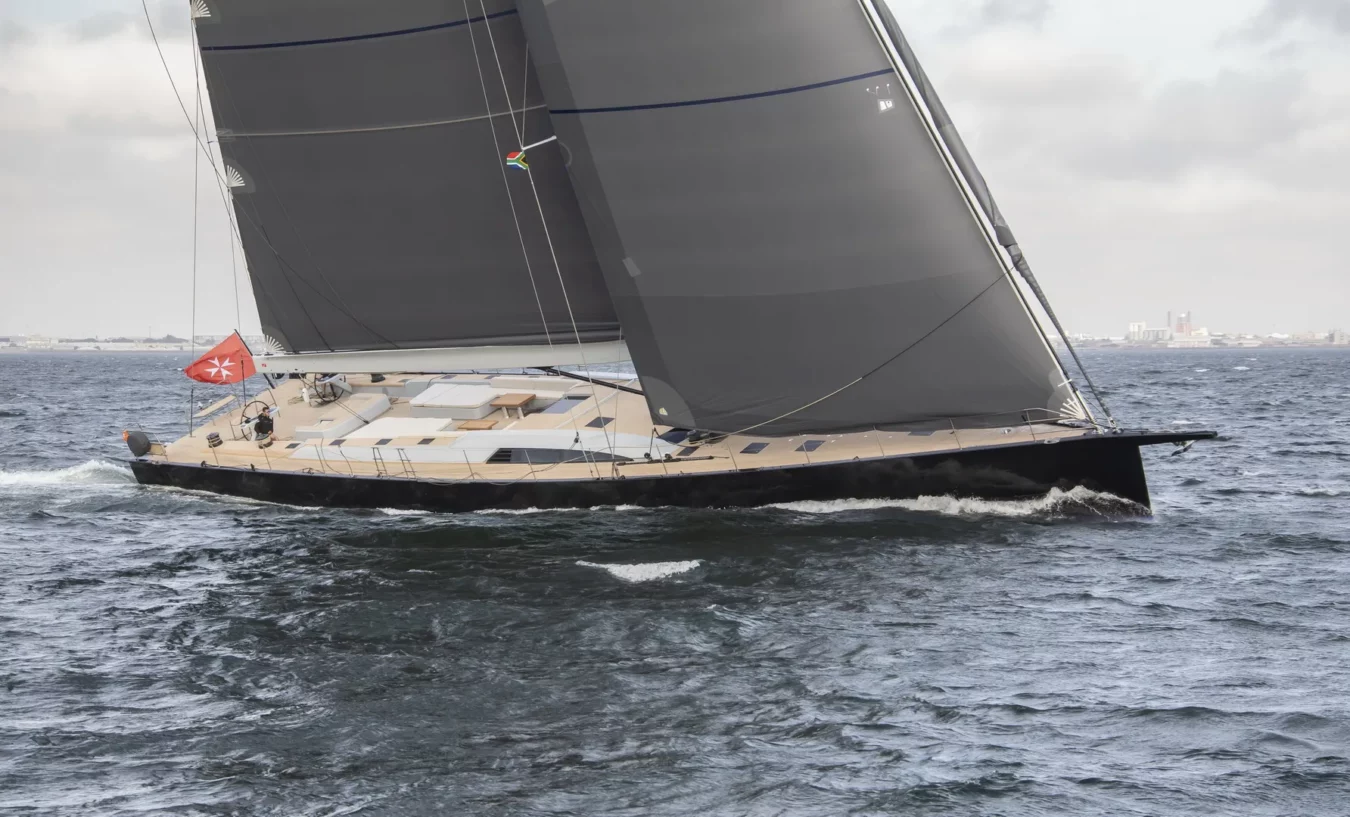
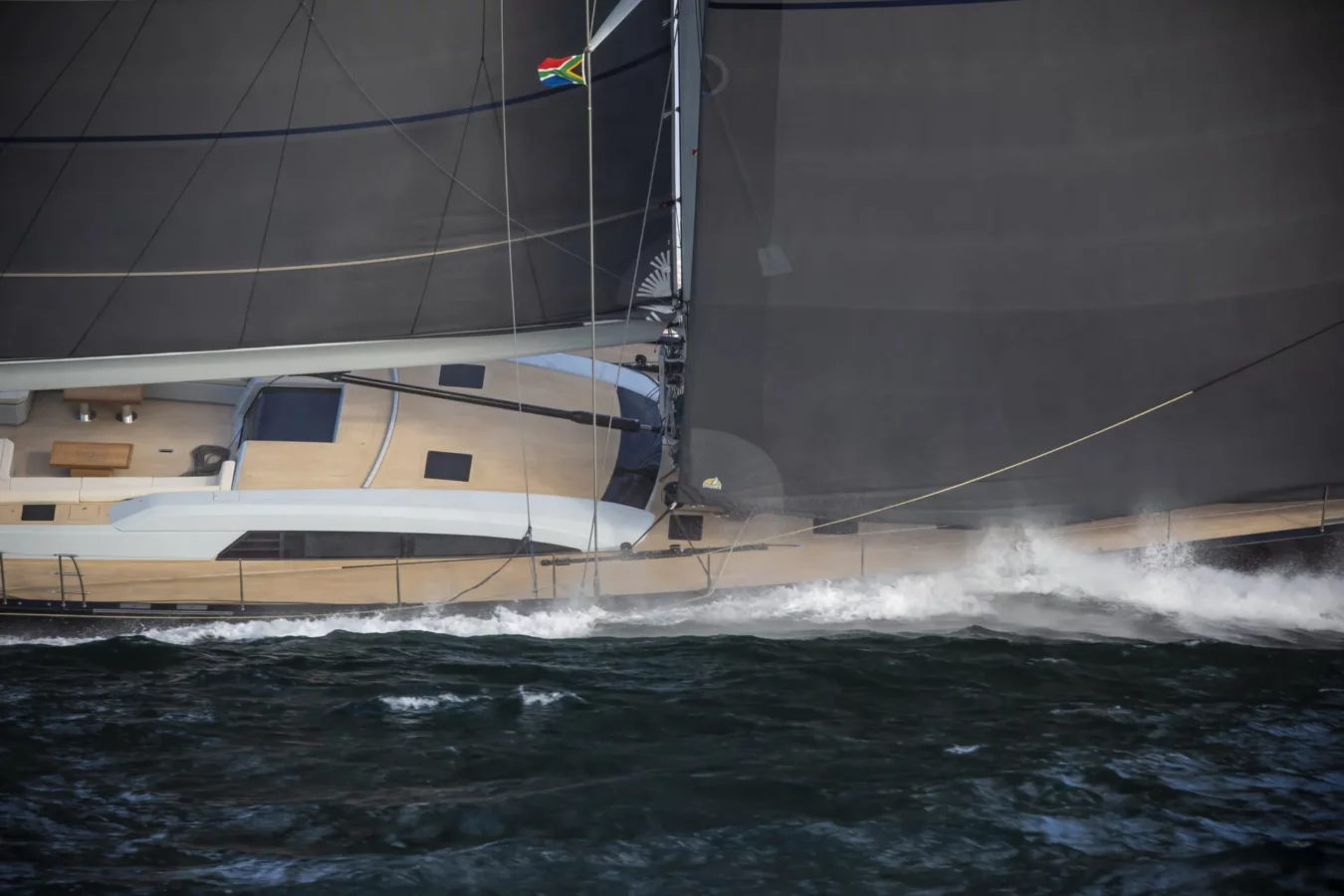
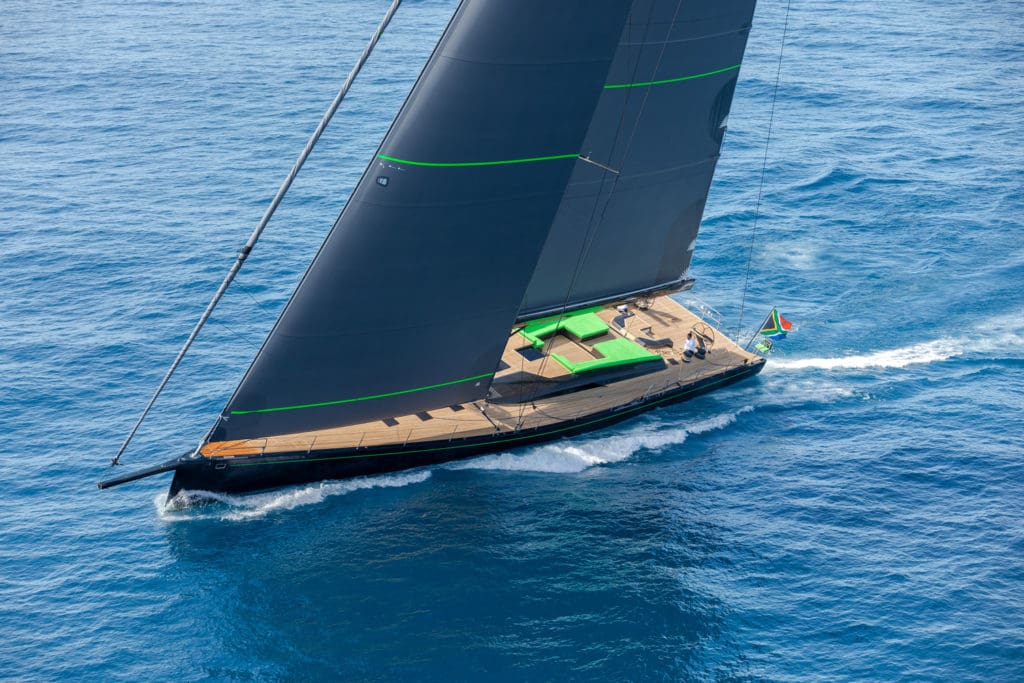
‘At Doyle Sails, we always make sails from scratch rather than just finishing sails that are made elsewhere by a subcontractor,’ he says. ‘We offer a custom service for our clients. For owners, captains and shipyards there is a great value in the way we work in close collaboration with each project team from the inception of design work, when the yacht is under construction, sail fitting and sea trials and then follow it onwards from there.’ Southern Wind’s latest launch, the 96ft Nyumba, is a good example of the value Doyle Sails can add to a project by getting involved in the design loop early on. In this case, the owner wanted to use a square top mainsail for cruising, and Doyle Sails provided the validation that this was indeed a viable and practical solution. ‘We did many calculations with Hall Spars, with the shipyard, with Farr Yacht Design and with the client,’ Giattino says. ‘We simulated all the configurations, and we showed, for example that with the second reef, Nyumba can sail without utilising the runners, so a small crew can easily manage the square top on a delivery passage.’
For superyacht projects, the Doyle Sails core team is the same group of renowned sail designers who have earned the brand its stellar reputation in grand pix yacht racing, combined with the deep experience of Giattino and his Palermo-based colleagues on the superyacht side.
The scope of a superyacht sail design project can go beyond a client’s initial brief – the owner might only want a main and a couple of headsails at first, but
from Doyle’s perspective it’s about ensuring their ability to offer a fully comprehensive service in the longer term. ‘If the next owner of Nyumba wants to race, we have to be ready to offer a complete package of racing sails,’ Giattino explains. ‘From the beginning, we study the positions of all the blocks; on a cruising boat we might also study the dimensions of potential racing sails. The load calculations and the crossover charts are always done.
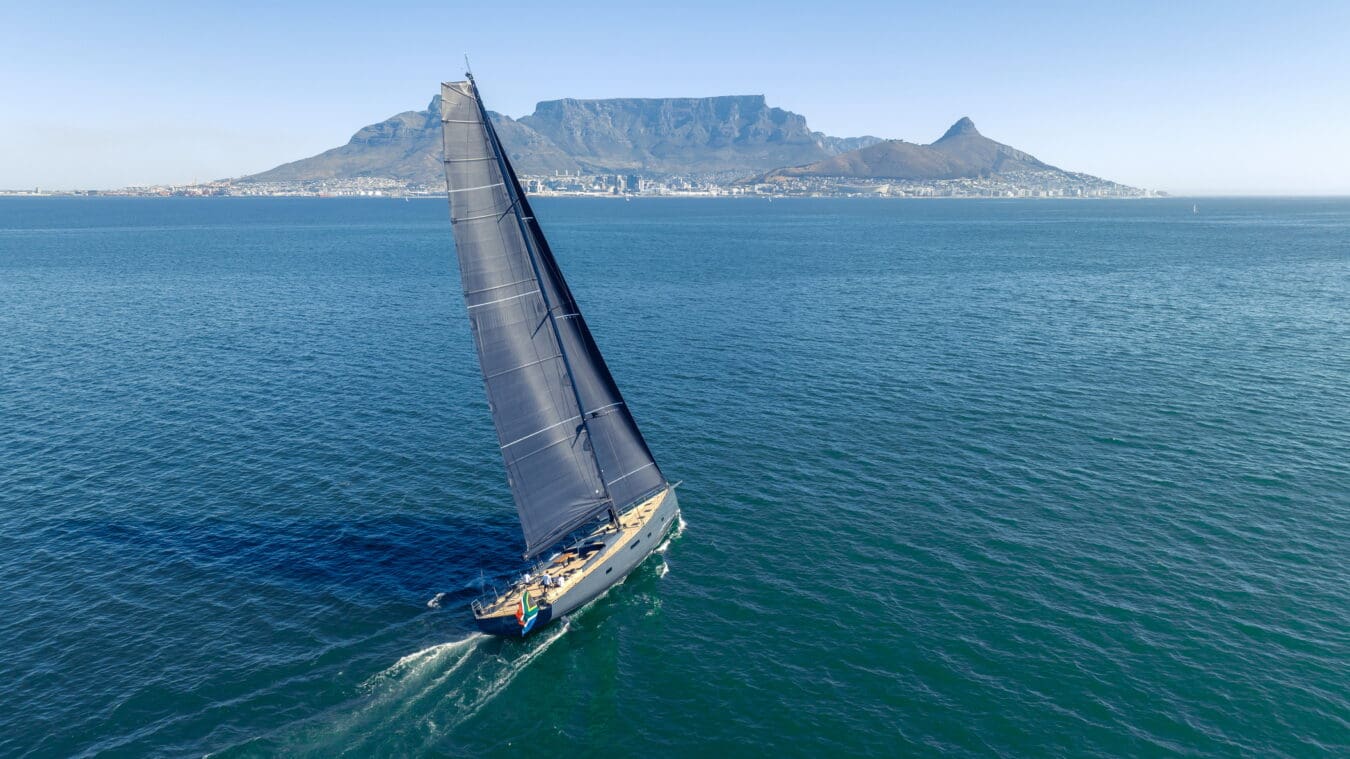
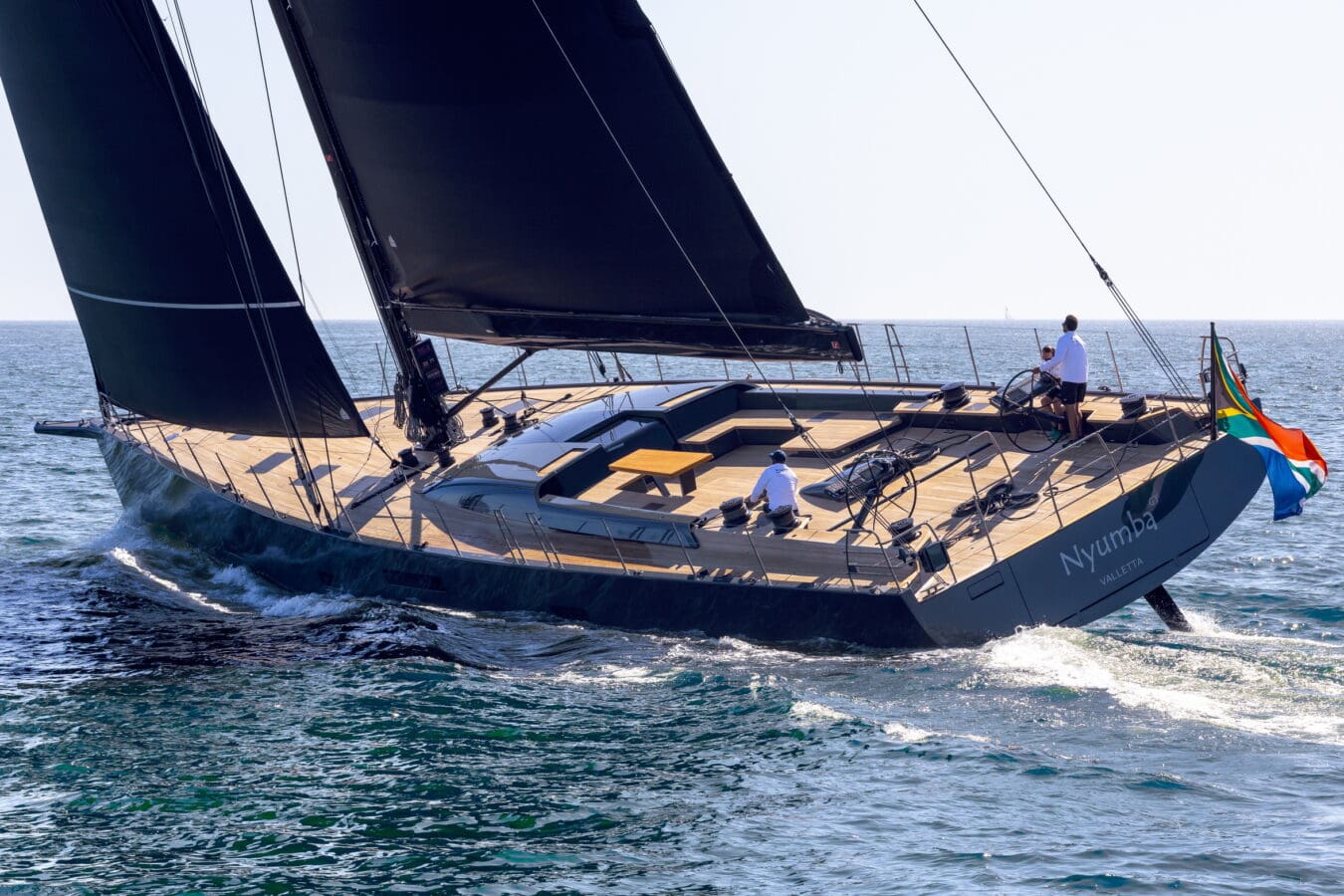
In sea trials and throughout the life of the boat we optimise and put real numbers on the chart.’ There is a trend, Giattino says, for owners of new superyachts to order a complete inventory of racing and cruising sails right at the start, rather than taking the traditional approach of gradually building up and developing their sail wardrobe. For Southern Wind projects such as the Reichel/Pugh 100 Morgana and the Farr-designed SW105 Sørvind, sea trials were conducted with a full set of sails from Doyle and the soon- to-launch SW108 #1 is set to follow suit. The advantage of this, Giattino explains, is that the entire sail wardrobe can be tested to ensure everything works perfectly as a coherent solution.
Some of Doyle’s innovations have been so widely embraced that they are now increasingly seen as the default option for high-performance yachts. ‘The Structured Luff and Cableless technology is now over seven years in the market, however when it was first developed, the technology was an unknown,’ Giattino recalls, ‘today it’s standard. All downwind sails and code sails are Cableless, and the majority of headsails and staysails have the Structured Luff load-sharing technology in some capacity. We’ve achieved a huge improvement in performance with this technology, ultimately reducing headstay sag, moved rig loads, reduced forestay loads, improved the sails’ shape and durability.’
Superyacht sails now have a perfect shape for the entire duration of their service life rather than steadily losing their shape and hence their performance over a number of years. They are also a lot lighter and more manoeuvrable. Doyle Sails’ Stratis membrane technology has been a game- changer in its own right. Each piece of membrane is individually custom- made for a specific sail on a specific yacht, and it’s all produced at Doyle Sails Stratis manufacturing plant in New Zealand, which helps to maintain a strong focus on R&D. ‘Our machinery is upgraded regularly and our technology is continually improved,’ Giattino says. ‘We started 20 years ago with membrane sails on Perinis, Royal Huismans and others. The fibres we use in a sail for a 50m boat are different to those we use for a TP52 but our custom approach to manufacturing removes all barriers to what we can build.’
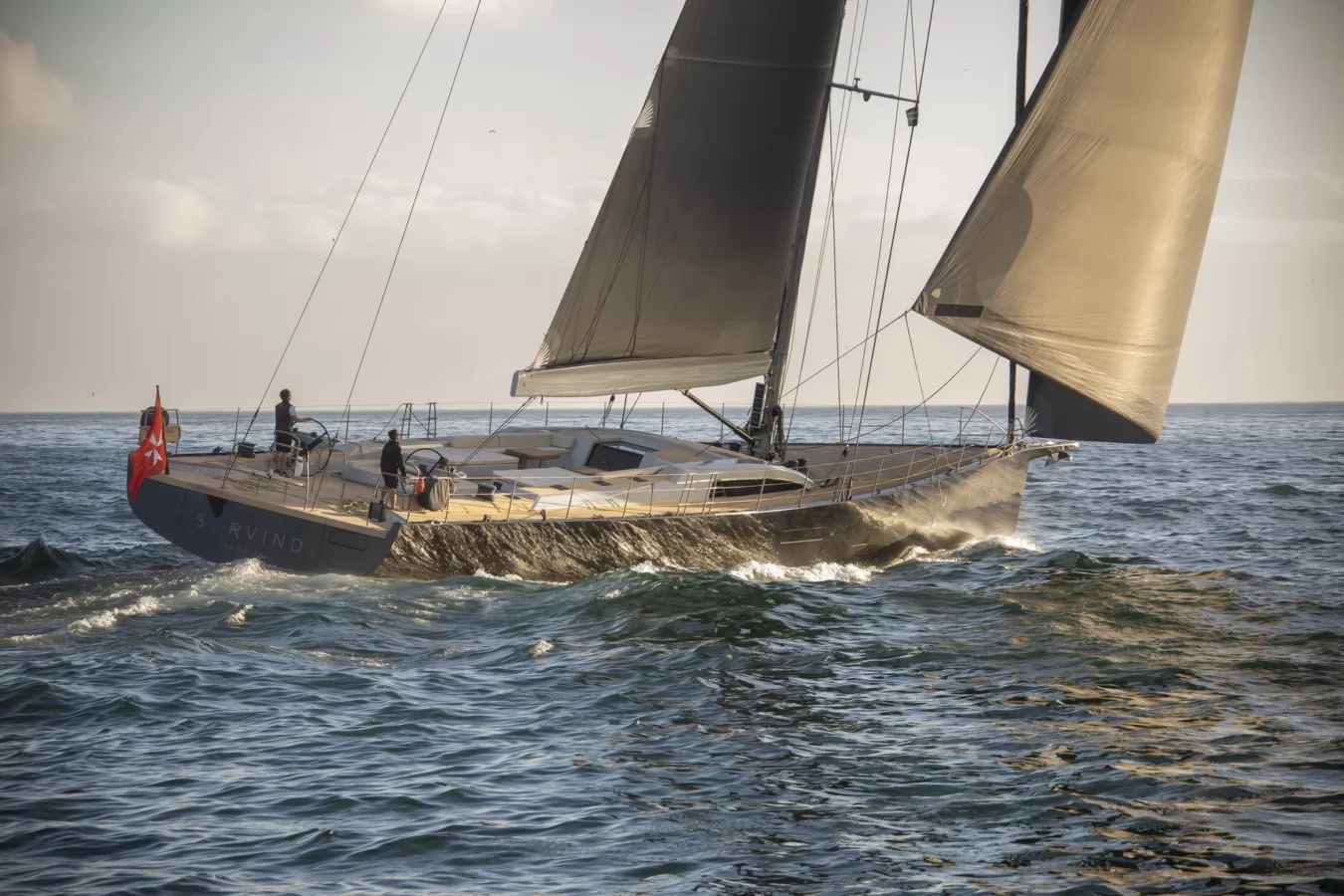
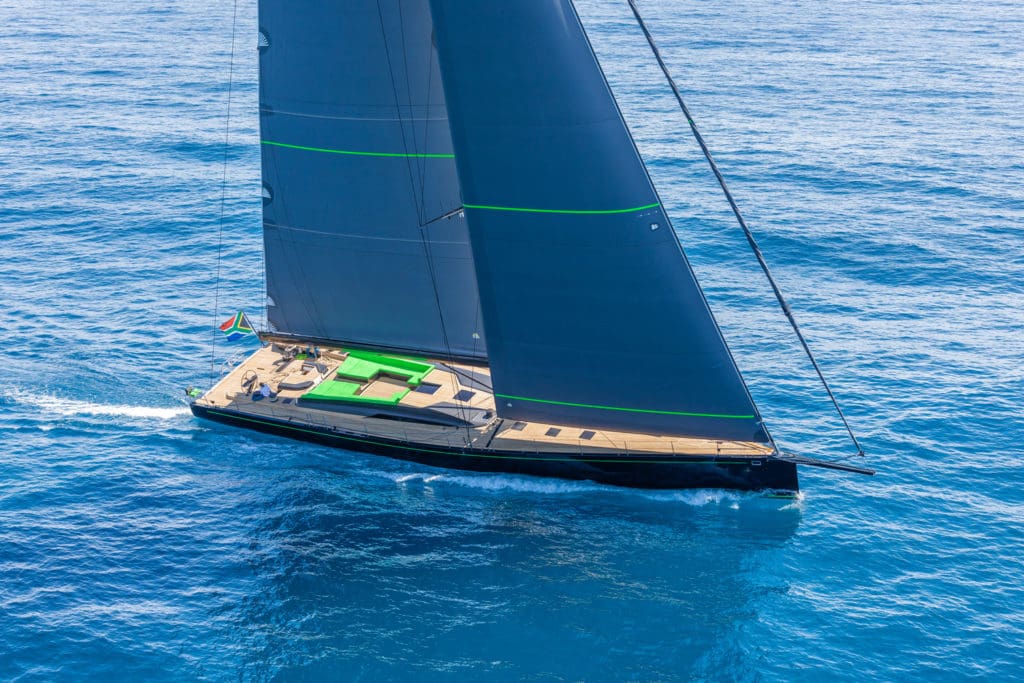
One big advantage of Structured Luff sails for a performance cruiser is that you need fewer of them. ‘On Nyumba, we have a 220sqm J1 that works very well when it’s partially furled, a 110sqm J3 and then a J4,’ Giattino says. ‘We designed the J1 for a very wide range of use, so it’s strong like a J3 but can also be used in very light winds. Structured Luff sails allow a much greater change in sail shape as the sail is tensioned and trimmed for the conditions.’
Racing yachts and their sails are often built with a dual purpose in mind, ‘we often advise clients to use some of their cruising sails for racing in the first season,’ Giattino says. ‘On the Southern Wind 100 Morgana we use the cruising J1 as a racing J3.’
Code sails have also become a lot more versatile with Doyle’s Cableless technology. ‘Because there is no cable inside when you tension and ease the luff, you can totally change the shape of the sail,’ Giattino says. ‘We can increase the range of the sail in terms of wind angles by 30-35 per cent compared with a standard cable sail. When
the luff is tensioned, you have a big genoa to use upwind. When you reduce the load and create a deeper luff entry, you have a downwind sail for deliveries, for ocean crossings and so on. Also, the sail’s range of wind speeds is increased a lot. Before, the maximum for a code zero was 12-15kts apparent’.
The benefits of Structured Luff technology in headsails are now widely understood, but it also has great potential in mainsail applications. ‘For example, on the Baltic 68 Café Racer, there are no runners, and there’s no backstay, so the mainsail itself plays a part of that role,’ Giattino explains. ‘When you load up the cunningham it completely changes the sail shape and it’s incredible how far you can move the masthead just by hauling the cunningham up and down. This technology has also been tested in the America’s Cup and on Maxi72s.’
‘Today when designing a mainsail for any new Superyacht we tend to go with a partial Structured Luff,’ he says. ‘Having continuous fibres all the way from the tack to the head in a lens-type layout, helps a lot with changing the sail shape and also increases durability without any negative result. The sail remains easy to handle, everything is laminated inside and the weight is about the same.’
ABOUT DOYLE SAILS // As sailors, our obsession with sailing connects us to the water. The water is our playground, a sanctuary where we seek enjoyment, a competitive playing field where we race; it’s sometimes our home and always a place that unlocks our sense of adventure wherever that adventure might take us.
Our obsession with sailing takes us to every corner of the world and onboard every yacht. We become part of teams, share in the adventures of friends and families, sharing our knowledge and experience with those who have the same passion for sailing as we do. Sailing is in our DNA, where the water unlocks our sense of adventure. We are the custodians of a legacy that has been supporting sailors for close to four decades, and while our world changes around us, our commitment to sailors who seek the same enjoyment and adventure as we do hasn’t.
From our sailors to yours, we are your experts in sailing. Your adventure starts with Doyle. By sailors, for sailors.
ABOUT SEAHORSE MAGAZINE // Take advantage of our very best subscription offer or order a single copy of this issue of Seahorse.
Online at: www.seahorse.co.uk/shop and use the code TECH20
Or via email: subscriptions@seahorse.co.uk
